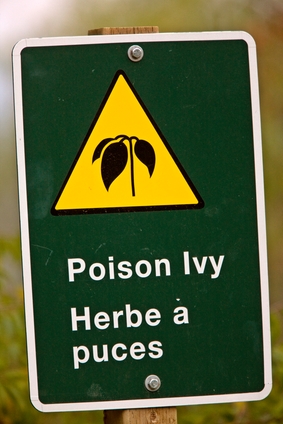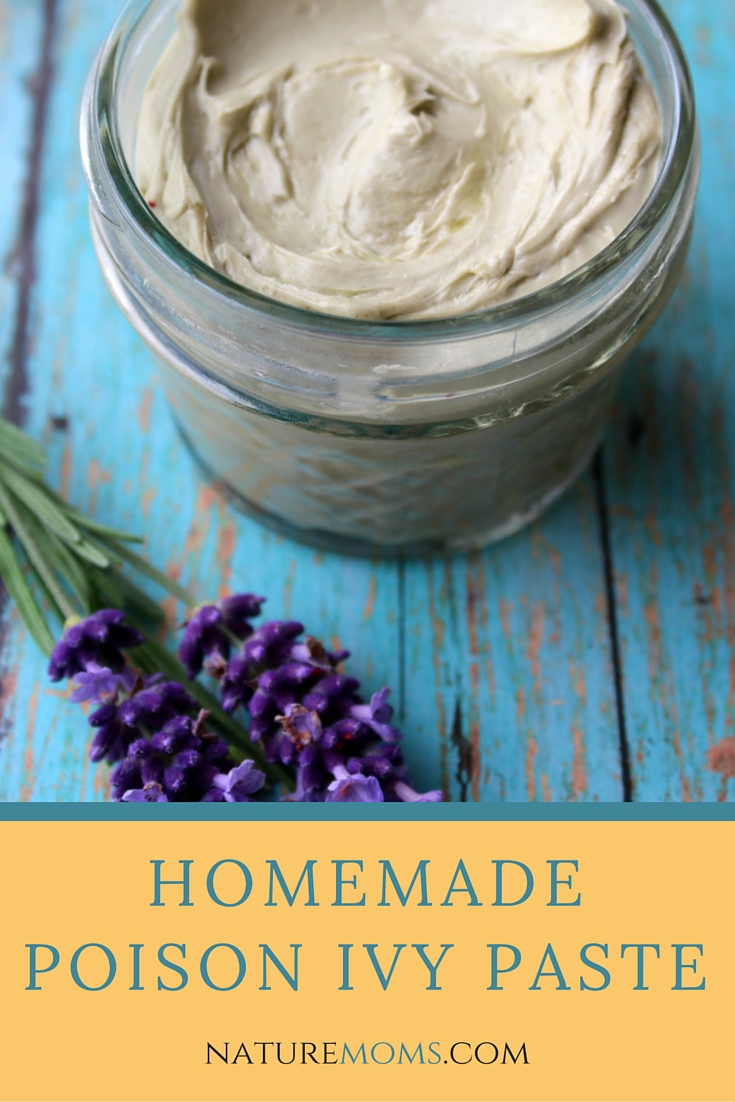 When I came home from New York City this week I came home to a rather nasty surprise. My youngest kiddo was covered in poison ivy. He must have gotten it on a fishing trip he took with his Dad and the itching apparently went unnoticed until I came home so it has spread pretty far along…from his lower limbs to his arms, chest, and face. We actually went through this a month ago with my oldest boy but at 12 he is pretty savvy about not itching and it healed quickly without any interventions from mom. With my six year old though, it has been a struggle.
When I came home from New York City this week I came home to a rather nasty surprise. My youngest kiddo was covered in poison ivy. He must have gotten it on a fishing trip he took with his Dad and the itching apparently went unnoticed until I came home so it has spread pretty far along…from his lower limbs to his arms, chest, and face. We actually went through this a month ago with my oldest boy but at 12 he is pretty savvy about not itching and it healed quickly without any interventions from mom. With my six year old though, it has been a struggle.
Conventional over-the-counter remedies have some unsavory ingredients. The Calamine sprays are mostly alcohol and the gels/creams have alcohol, parabens, and fragrance. There are some products that we can find in our pantries that can be just as effective though in healing and soothing the itchiness and pain associated poison ivy, poison oak, and poison sumac. We don’t need a pharmacy, we need to shop our own pantry and our local FARMacy.
Baking Soda – This can be sprinkled in bath water daily to help clean the skin. Baths are very soothing and should be indulged in often while suffering with poison ivy. Afterwards you can create a paste using baking soda and water that can be rubbed on the skin to prevent itchiness. Works like a charm.
Aloe Vera – Aloe does amazing things for the skin because of its anti-inflammatory properties. We use it often to soothe burns and other skin ailments so it only makes sense that it will help soothe the itchy, irritated skin associated with poison ivy. You can use an aloe cream/gel or cut open the plant and use it directly. Aloe growing in the kitchen window is a must have around our home…something I learned form my mom growing up.
Apple Cider Vinegar (ACV) – Soothes the skin and helps pull toxins from the skin. Works best if you use it on a compress and apply directly to the skin. A vinegar rinse is also effective after hand washing.
Cold Compresses – A very simple and easy way to get some relief. Chill some damp cotton washcloths in the freezer and then press them to the infected areas. Get fresh ones often though and don’t let these washcloths come into contact with unaffected skin. ACV compresses can also be chilled.
Soap and Water – Many doctors claim that scratching does not make the infection spread but I think that is a bunch of hogwash. How else do to people end up with it on their faces??? Most people wade though the offending plants at ankle and lower leg level, not eye level! Frequent hand washing, with scrubbing under the nails, is vital to keeping it localized and not having it spread all over. Every single time I see my kiddo scratching, I take him to wash his hands. Also clean towels and bed sheets daily in hot water.
Oatmeal – This is used much like baking soda. It can be used in a soothing oatmeal bath and it can be powdered and made into a paste that can be spread all over the infected area.
Cornstarch – Used the same way oatmeal or baking soda is. Just mix with water to make a paste.
Banana Peels – Eat the banana and then rub the peel all over the skin. This helps with skin irritations such as acne and also itchiness and irritation caused by poisonous plants.
Coffee – Mixing coffee with baking soda to make a paste is another anti-itch skin treatment.
Jewelweed – This weed often grows near poison ivy and helps to soothe the irritations associated with it. Coincidence? Perhaps not. Just boil the plant and roots and make a tea that can then be applied to the skin. Or simply crush the leaves/flowers to release the juices and apply to the skin. You can also buy a Jewelweed Poison Ivy Rash Relief Spray.
Green or Bentonite clay – This clay soothes the skin and dries it out. Use it to make a paste and add essential oils for even more soothing /drying action.
Essential Oils – Mix oils such as peppermint, tea tree, or cypress with water or vinegar to rub on the skin and dry the affected areas. Apply with a cotton ball or small washcloth. Essential oils can also be added to bath water.
Witch Hazel – Apply to skin for help with swelling and itch.
Tea – Drinking teas that are cool and mildly sedating will help with flushing and itchiness. Try chamomile or skullcap. You can also add tea leaves to bath water (allow the water to cool after seeping) or apply tea directly to the skin with a cotton ball.
Turmeric – This amazing plant is anti-inflammatory and the powder can be used to make a paste that will help with skin ailments. You can get organic turmeric at Mountain Rose Herbs.
Another option is the itch soother bath in the wonderful ebook Herbal Nurturing. I adore this book and it has make-at-home herbal remedies for everything from fever/cough to pink eye. Good stuff!
Have you or your kids had poison ivy lately? What did you do to provide relief?
Want a recipe for a homemade poison ivy paste? Click below!




